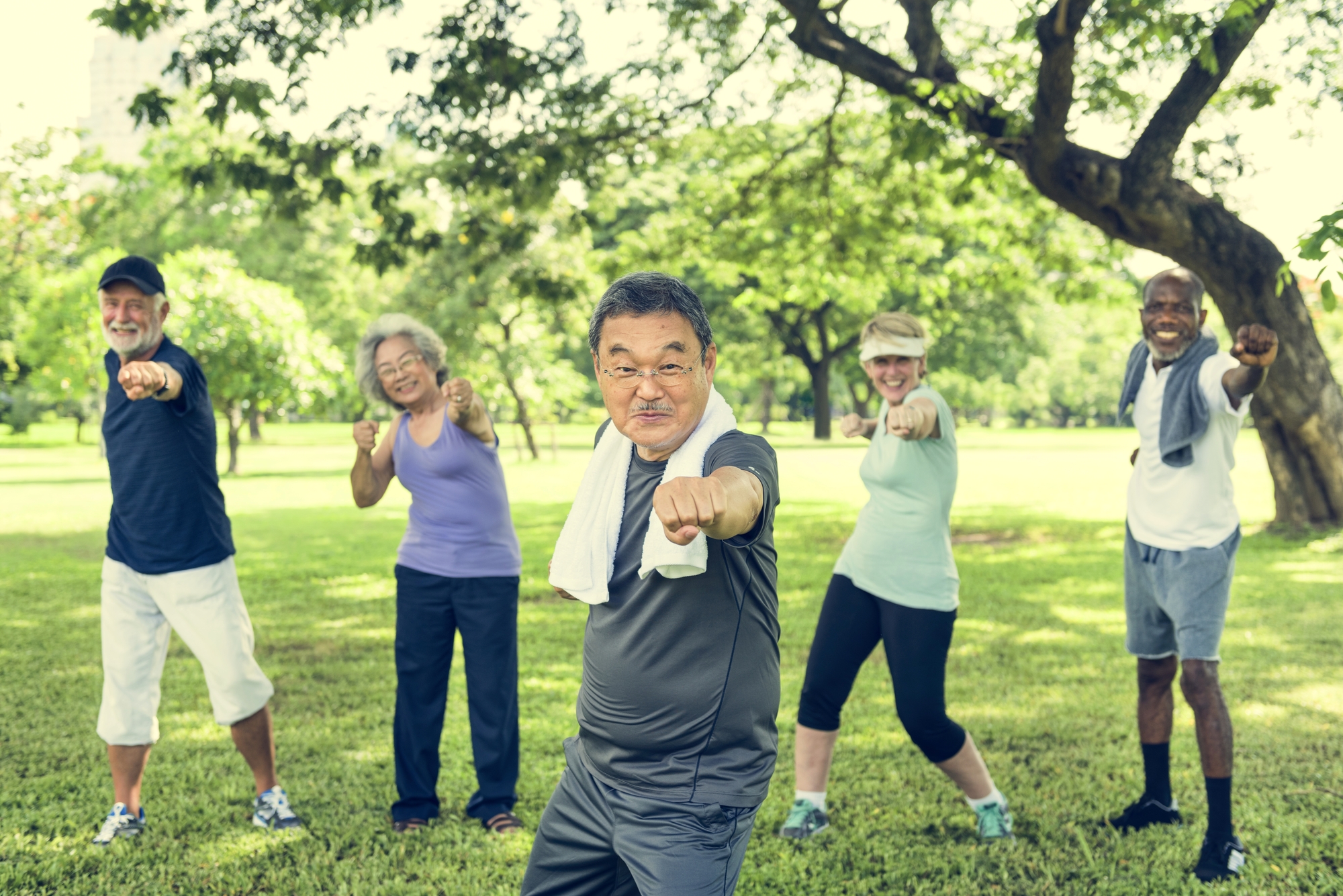With endless ways to exercise – and a limited amount of time to invest – you probably want an exercise regimen that can create the greatest impact.
Many people think that the best type of exercise is activities like long-distance running, jumping rope and playing tennis. Yet these are all high-impact exercises that bring both feet off the ground at the same time, leading to a jarring motion that comes with other risks.
While high-impact exercise can be good for increasing bone density and muscular strength, it can be challenging for older adults with health problems such as arthritis or osteoporosis.
Enter: Low-impact exercise, or activities that are gentler on the joints and keep one foot on the ground. Swimming may be the best known of all low-impact activities, with the water counteracting gravity and taking pressure off your joints and bones. But since not everyone winters in Florida or the Caribbean, it can be a challenge to find a swimming pool during those cold winter months.
Fortunately, there are many other activities that can provide the same – or similar – benefits, including:
- Walking: The easiest of the exercise styles, walking is free, convenient and easily adaptable to your personal needs. If you’re feeling energetic or it’s chilly outside, pick up the pace. If you’re getting over a cold, slow it down a bit. And despite the hype about getting in 10,000 steps a day, research has shown that walking just 7,000 steps each day reduced the risk of premature death in middle-aged people.[1]
- Bike riding: Whether indoors or outdoors, cycling is non-weight bearing and a great way to get your heart rate up. This means your joints won’t suffer too much from a bike ride, but you still get a similar workout to going for a run. In fact, although much research has demonstrated that biking to work comes with many health benefits, one recent study showed that just 130 minutes of cycling each week was associated with longer lifespan.[2] (Note that a bike ride may not be appropriate for those with knee problems.)
- Body weight exercises: Even without access to a gym, these workouts are an easy way to improve strength and mobility.[3] Body weight exercises use the weight of your own body to provide resistance against gravity. They can be used to develop strength, endurance, flexibility and balance – all of which are important for older adults. Some of these exercises include leg lifts, calf raises, planks and even push-ups.
- Tai Chi or Yoga: Each of these activities uses a series of gentle stretches or physical poses to increase strength and flexibility. Tai chi tends to be more dance-like, while yoga is centred on maintaining poses. Both strengthen balance and improve concentration, both of which are important for older adults. And each has been shown to reduce stress, decrease the number of falls and slow down aging.[4]
- Pilates: A newer type of mind-body exercise, pilates is a structured program involving precise moves and specific breathing techniques. It’s a complete program that strengthens muscles, specifically core muscles, and improves balance. Because it requires little more than a mat to get started, many have suggested that pilates is an ideal form of exercise for older adults. It’s linked to improved balance, strength, mobility and function, not to mention improved physical and mental health outcomes.[5]
If none of these appeals to you, there are many other forms of low-impact exercise that can benefit your health. Check with your local community centre or gym to find classes, or ask friends about their exercise plans. Try something out! You never know what you might enjoy.
[1] Science Daily, “Meta-analysis of 15 studies reports new findings on how many daily walking steps needed for longevity benefit,” March 3, 2022.
[2] Men’s Health, “Cyclists Have a Longer Lifespan, a New Study Suggests,” April 19, 2022.
[3] National Library of Medicine, “Effect of resistance training using bodyweight in the elderly: Comparison of resistance exercise movement between slow and normal speed movement,” Jan 17, 2015.
[4] Medium, “Tai Chi for Beginners: How Tai Chi Promotes Longevity,” Nov 2, 2021. Psychology Today, “Yoga Can Slow Effects of Stress and Aging, Studies Suggest,” July 14, 2017.
[5] National Center for Biotechnology Information, “Benefits of Pilates in the Elderly Population: A Systematic Review and Meta-Analysis,” Feb 22, 2022.


